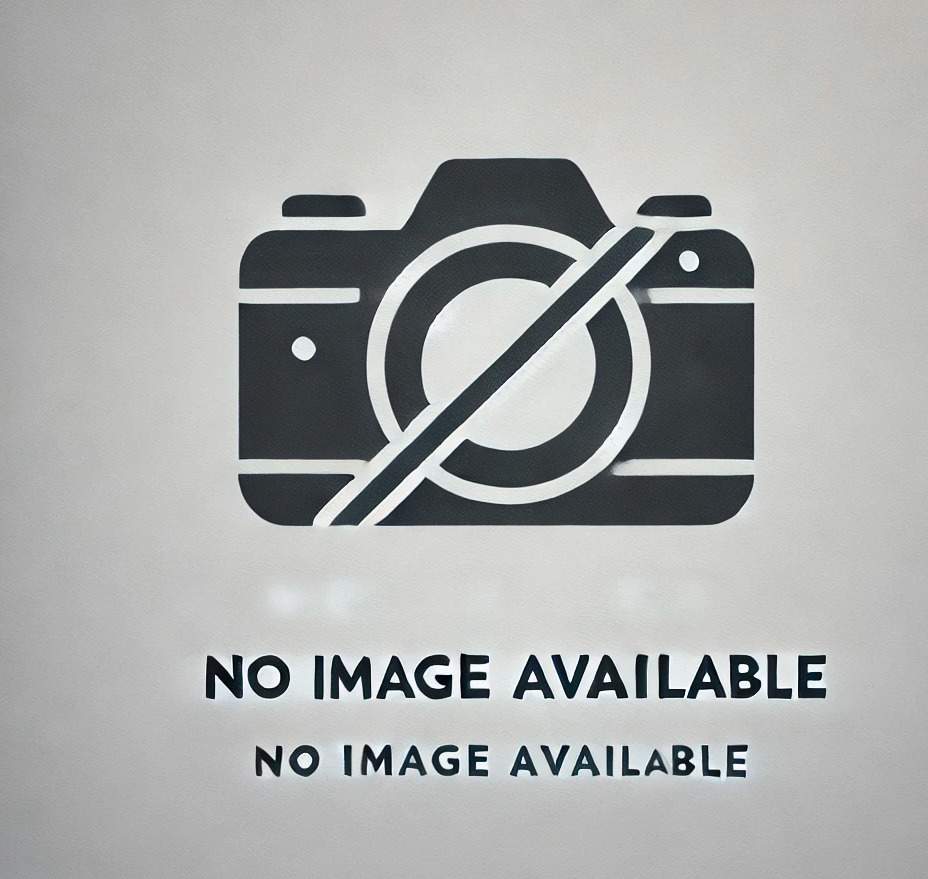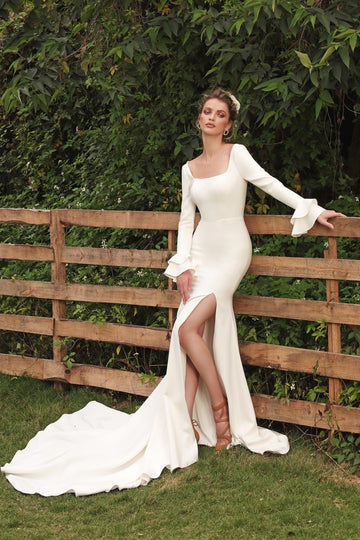Cultural Influences on Bridal Makeup Choices: A Global Perspective
Cultural Influences on Bridal Makeup Choices: A Global Perspective
Bridal makeup is an essential aspect of wedding preparations, with choices often reflecting a wide range of cultural influences. As traditions vary greatly across the globe, so too do the makeup styles chosen by brides. This article explores the various cultural influences that shape bridal makeup choices, looking at examples from different regions and the significance behind these choices.
Understanding the Significance of Bridal Makeup
Makeup on the wedding day is not merely an aesthetic choice; it carries deep cultural significance. For many brides, this is a moment where they wish to reflect their heritage, personal style, and the emotional weight of the occasion. Bridal makeup choices can embody beliefs, traditions, and customs that are unique to each culture.
Cultural Factors Influencing Bridal Makeup
Several cultural factors impact bridal makeup choices, including religion, historical traditions, and social norms. Each culture offers a different perspective on beauty and adornment, leading to a rich tapestry of makeup styles worldwide. Here are some key influences:
| Culture | Typical Makeup Style | Key Elements |
| Western | Natural and modern | Subdued shades, emphasis on skincare |
| Indian | Rich and vibrant | Bold colors, intricate designs |
| East Asian | Soft and doll-like | Pastel colors, focus on skin brightness |
| Middle Eastern | Drama and intensity | Bold eyeliner, shimmering eyeshadows |
This table summarizes how different cultures influence bridal makeup styles. Understanding these differences can enhance appreciation for the beauty and complexity inherent in each style.
Exploring Regional Examples of Bridal Makeup
1. Indian Bridal Makeup
Indian bridal makeup is known for its vibrant colors and intricate designs, often utilizing rich shades of red and gold. It not only complements the bridal attire, typically a lehenga or saree, but also aligns with traditional beliefs. Brides often adorn themselves with heavy eye makeup, including kohl for drama, and a deep red lip to symbolize prosperity and happiness. Furthermore, the application of mehndi (henna) is a ritual that complements bridal makeup, representing joy, love, and beauty.

2. Western Bridal Makeup
In contrast, many Western brides prefer a more understated approach, focusing on enhancing their natural beauty. The typical bridal makeup look features a dewy foundation, soft eyeshadows in neutral tones, and blush to give a healthy glow. A classic approach is to pull together a romantic and timeless look with a red or nude lip. Furthermore, there is a growing trend towards minimalism with organic, vegan, and cruelty-free makeup options becoming increasingly popular.
3. East Asian Bridal Makeup
In East Asia, the ideal bridal look often emphasizes a radiant and youthful appearance. Makeup trends typically feature lightly tinted foundations for that "glass skin" aesthetic, coupled with soft pink or coral blush. Brides may opt for slender, well-defined brows and a light wash of color on the eyelids, complemented by a subtle lip color. This style represents purity and delicacy, reflecting the bride’s elegance.
4. Middle Eastern Bridal Makeup
Middle Eastern brides often embrace dramatic looks featuring bold eyeliner and brightly colored eyeshadows. The makeup style showcases the eyes as a focal point, with heavy application of mascara and false eyelashes. Additionally, Middle Eastern makeup frequently emphasizes contours and highlights to create a striking appearance. Deep matte lips in shades of burgundy or crimson are also popular, adding an element of sophistication.
Understanding the Role of Rituals and Traditions
In many cultures, certain rituals accompany bridal makeup applications. For example, Indian brides may undergo a ritual called haldi, where turmeric paste is applied to the skin for its traditional auspicious and beautifying properties. Similarly, in some East Asian cultures, the bride may wear special makeup during the tea ceremony, reflecting the transitional aspect of marriage. It is crucial to understand these rituals, as they not only contribute to the overall bridal aesthetic but also hold significant cultural value.
Beauty Standards and Modern Influences
Today’s bridal makeup choices also reflect the influence of modern beauty standards, often popularized through social media and international beauty trends. Beauty influencers and celebrities may inspire bridal makeup by showcasing various styles on platforms like Instagram and TikTok. This has led to a blending of cultures, where traditional elements are interwoven with contemporary aesthetics, creating hybrid bridal looks that cater to personal tastes.
Bridging Tradition and Modernity
As cultural boundaries blur, many brides incorporate elements from various cultures into their bridal makeup, leading to unique and personalized styles. This seamless integration allows brides to celebrate their heritage while expressing their individuality on their special day. In this interconnected world, it’s fascinating to see how cultural influences are exchanged and absorbed, leading to innovative makeup choices.
Tips for Choosing Bridal Makeup
When selecting bridal makeup, it’s essential to keep a few factors in mind to ensure a harmonious blend of tradition and personal style. Here are some tips:
- Identify Cultural Heritage: Take time to explore your cultural background and understand the traditional bridal makeup styles associated with it.
- Consider Skin Tone: Choose colors that complement your skin tone, enhancing your natural beauty.
- Balance Tradition and Personal Preference: Don’t hesitate to adapt traditional styles to incorporate your personal flair.
- Consult a Professional: Work with a professional makeup artist who understands cultural influences and can craft a customized look that resonates with you.
Conclusion: The Personal Touch in Bridal Makeup Choices
Bridal makeup is an intimate reflection of cultural heritage, personal style, and significant traditions. The variations in styles across different cultures showcase the beauty of diversity and highlight the importance of embracing personal identity during significant life events. Understanding cultural influences on bridal makeup choices is not only fascinating but also essential for brides seeking to honor their heritage. As you embark on this beautiful journey towards your wedding day, consider both cultural aspects and personal preferences, ensuring a look that feels authentically yours while celebrating the rich traditions that shape it.
In conclusion, whether opting for bold, vibrant colors or soft, natural tones, it’s vital to approach bridal makeup with an understanding of cultural influences. Each choice made contributes to a unique narrative that, when combined, creates a celebration of love, identity, and the enduring elegance of bridal beauty.
